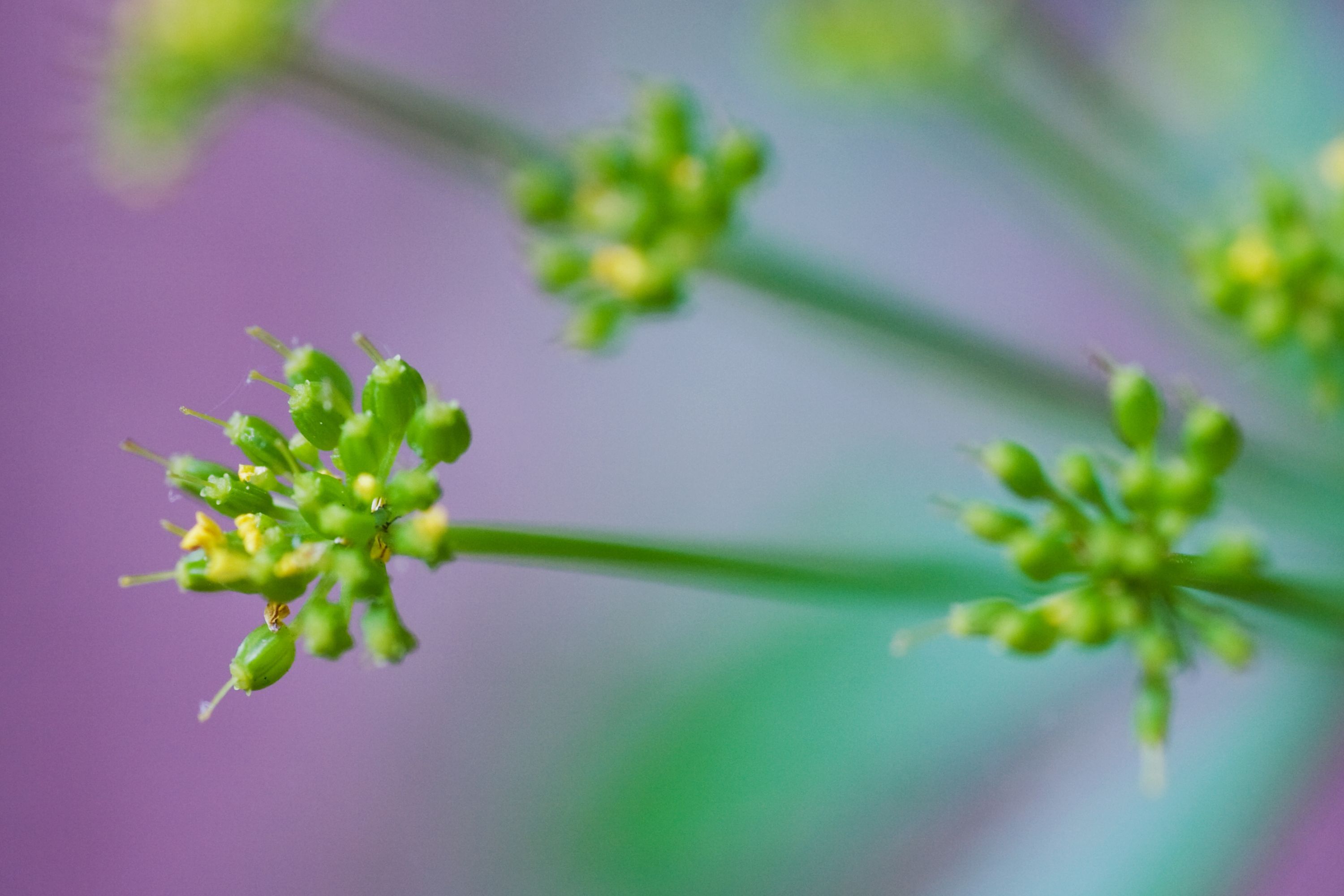Golden alexanders
(Zizia aurea)

Description
Zizia aurea (golden alexanders, golden zizia) is a flowering herbaceous perennial plant of the carrot family Apiaceae. It is native to eastern Canada and the United States, from the eastern Great Plains to the Atlantic Coast. Named for Johann Baptist Ziz, a German botanist. Zizia aurea grows to 40 to 75 centimetres (16 to 30 in) tall but can sometimes grow taller. The leaves are 8 cm (3+1⁄4 in) long and 5 cm (2 in) wide. They are attached to the stems alternately. Each leaf is compound and odd-pinnate, with leaflets that are normally lanceolate or ovate with serrated edges. The root system consists of a dense cluster of coarse fibrous roots. It blooms from May to June. Its flowers are yellow and grow in a flat-topped umbel at the top of the plant. Each flower is only 3 mm (0.12 in) long and has five sepals, five petals, and five stamens. Each flower produces a single 3 to 4 mm (0.12 to 0.16 in) long, oblong fruit (schizocarp) containing two seeds. In the fall both the leaves and the fruit turn purple. Golden Alexander is native to the United States and Canada. It grows from New Brunswick to Saskatchewan, south to Florida and Texas, and west to Montana. It is found in a broad variety of habitats, such as moist black soil prairies, openings in moist to mesic woodlands, savannas, thickets, limestone glades and bluffs, power line clearings in woodland areas, abandoned fields, and wet meadows. It can tolerate dry summers even though it prefers wet habitats. It is hardy in USDA zones 4–9. Zizia is a genus of flowering plants in the parsley family, Apiaceae. It was named after Johann Baptist Ziz (1779–1829), a German botanist from the Rhineland. It is native to North America. Like most other plants in the family, these produce umbels of flowers.
Taxonomic tree:







